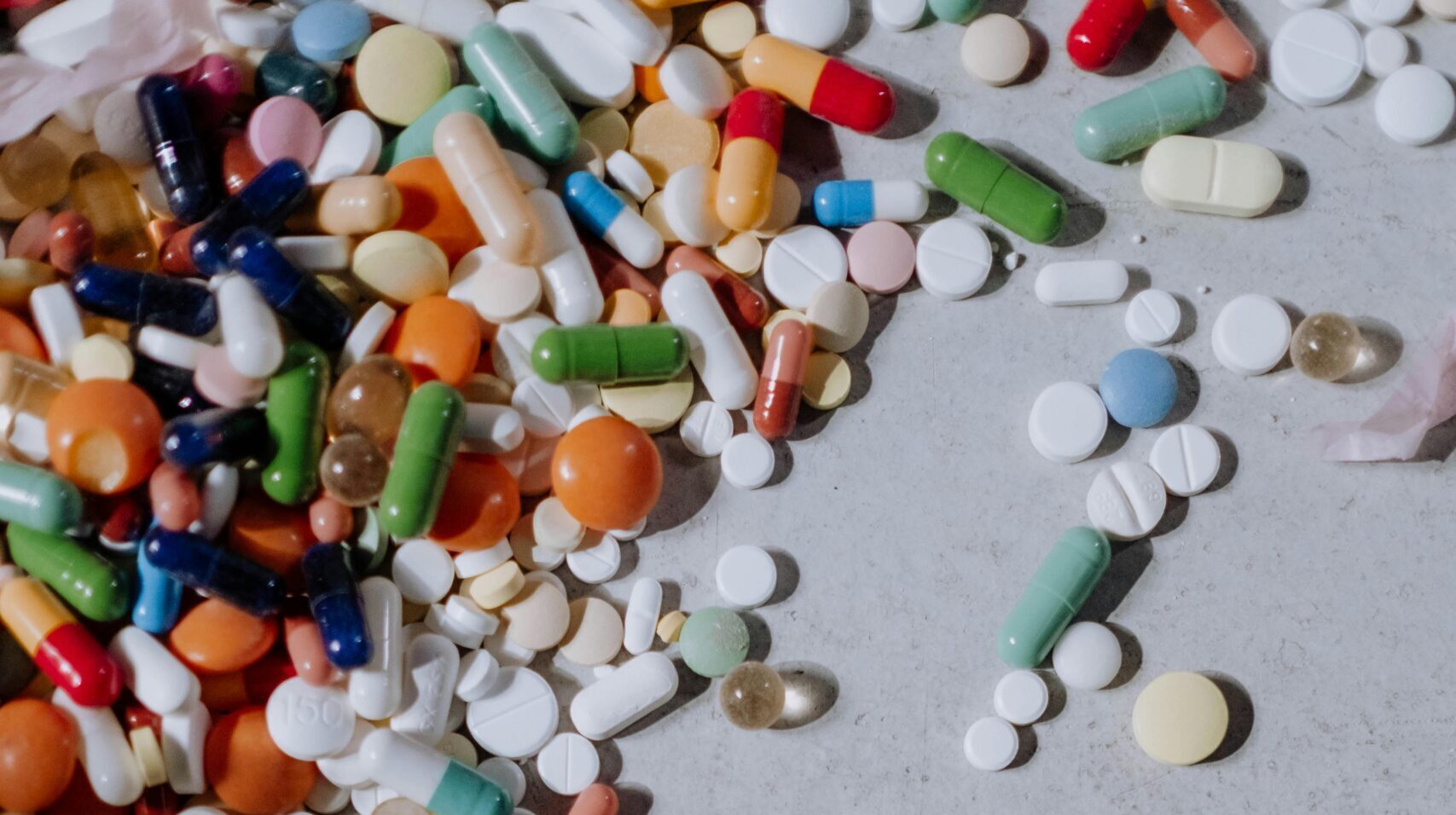
The Journey of Pharmaceutical Finished Products: From Concept to Patient Care
Pharmaceutical finished products are the culmination of a complex and highly regulated process that ensures the safety, efficacy, and quality of medications delivered to patients. These products are designed to meet the therapeutic needs of individuals and play a critical role in managing, preventing, and treating diseases. Whether it is over the counter (OTC) remedies, prescription medications, or specialized treatments, pharmaceutical finished products are essential to modern healthcare.
The Production Process
The production of pharmaceutical finished products involves several stages, starting from research and development (R&D), to manufacturing, and finally, distribution. The process begins with the formulation of the active pharmaceutical ingredient (API), which is the core substance responsible for the intended therapeutic effect. Once the API is synthesized, it is combined with excipients—substances that help deliver the API effectively in the body. These excipients also contribute to the stability, safety, and usability of the finished product.
After formulation, pharmaceutical manufacturers adhere to strict quality control and regulatory standards to ensure that every batch of finished products is safe for use. In many countries, including the U.S. and Europe, regulatory agencies like the FDA (Food and Drug Administration) and EMA (European Medicines Agency) oversee the approval and oversight of pharmaceutical products. Good Manufacturing Practices (GMP) are a crucial part of this process to ensure that products are consistently produced and controlled according to quality standards.
Types of Pharmaceutical Finished Products
Pharmaceutical finished products are available in various dosage forms, including solid dosage forms like tablets and capsules, liquid formulations such as syrups and suspensions, topical products like creams and ointments, and parenteral formulations like injections and intravenous solutions. Each dosage form is carefully chosen based on factors such as the drug’s chemical properties, patient convenience, and the desired therapeutic effect.
- Tablets and Capsules: These are among the most common forms of pharmaceutical products, widely used for both chronic and acute conditions. Tablets can be designed for different release profiles, such as immediate-release, controlled-release, or sustained-release formulations.
- Injectables: Used for patients who require fast-acting medications or when oral administration is not an option, injectables are common in hospitals and clinics. They are formulated to ensure sterility and appropriate dosage accuracy.
- Topicals: These products are applied directly to the skin to treat local conditions like dermatitis, acne, or fungal infections. They are designed for targeted delivery and often include gels, creams, ointments, and lotions.
- Syrups and Suspensions: Liquid formulations are essential for pediatric patients or individuals who may have difficulty swallowing tablets or capsules. These products can also be used when precise dosing is necessary.
- Inhalers and Nebulizers: These products deliver medication directly to the lungs and are commonly used for respiratory conditions like asthma and COPD. They provide quick relief by enabling fast absorption into the bloodstream via the lungs.
Regulatory Compliance and Quality Assurance
Pharmaceutical manufacturers face significant challenges to ensure that their finished products meet rigorous quality standards. Regulatory bodies require extensive testing for safety, efficacy, and stability before drugs can be marketed. The approval process includes preclinical and clinical trials, followed by batch testing for consistency and quality. This ensures that pharmaceutical finished products remain stable under various storage conditions and provide consistent therapeutic effects across different batches.
Manufacturers must also meet compliance standards for packaging and labeling, ensuring that patients can easily understand how to use the medication properly. Proper labeling also includes clear instructions, warnings, and contraindications to minimize risks of misuse or side effects.
Innovations in Pharmaceutical Finished Products
Innovation is a key driver in the pharmaceutical industry. With continuous advancements in drug delivery systems, pharmaceutical manufacturers are able to create more effective and convenient treatments for patients. Some notable innovations include:
- Smart Drug Delivery Systems: These systems include implants or patches that release medication over a specified period, reducing the need for frequent doses. This improves patient compliance and ensures a steady level of the drug in the bloodstream.
- Personalized Medicine: With advances in genomics and biotechnology, the pharmaceutical industry is increasingly focused on developing medications tailored to individual patients’ genetic profiles. Personalized treatments are aimed at optimizing efficacy while minimizing side effects.
- Biologics: Biological products like monoclonal antibodies, gene therapies, and vaccines have revolutionized the treatment of certain conditions, particularly cancer and autoimmune diseases. These products often require specialized manufacturing processes, including cell culture systems and sterile production environments.
- Nanomedicine: The use of nanotechnology in pharmaceuticals allows for the development of medications with improved bioavailability, targeted delivery, and reduced side effects. Nanomedicine is particularly promising in the treatment of cancer, as it allows drugs to directly target cancer cells while sparing healthy tissue.
The Role of Sustainability in Pharmaceutical Manufacturing
As the global demand for pharmaceutical products continues to rise, sustainability has become an increasingly important consideration for manufacturers. The pharmaceutical industry has been under pressure to reduce its environmental impact through sustainable manufacturing practices, waste reduction, and eco-friendly packaging. Companies are also exploring greener alternatives to traditional chemical synthesis processes and adopting more energy-efficient production methods.
Sustainable packaging has gained traction as companies move away from plastic and towards biodegradable materials or recyclable options. These efforts not only help reduce the industry’s carbon footprint but also meet the growing consumer demand for eco-conscious products.
Conclusion
Pharmaceutical finished products are essential in the treatment of countless medical conditions and have transformed healthcare worldwide. The constant drive for innovation, regulatory compliance, and sustainability ensures that pharmaceutical manufacturers continue to provide high-quality, effective treatments to meet the needs of patients. As the industry evolves, the focus will continue to be on improving therapeutic outcomes, enhancing patient convenience, and minimizing the environmental impact of drug production.


